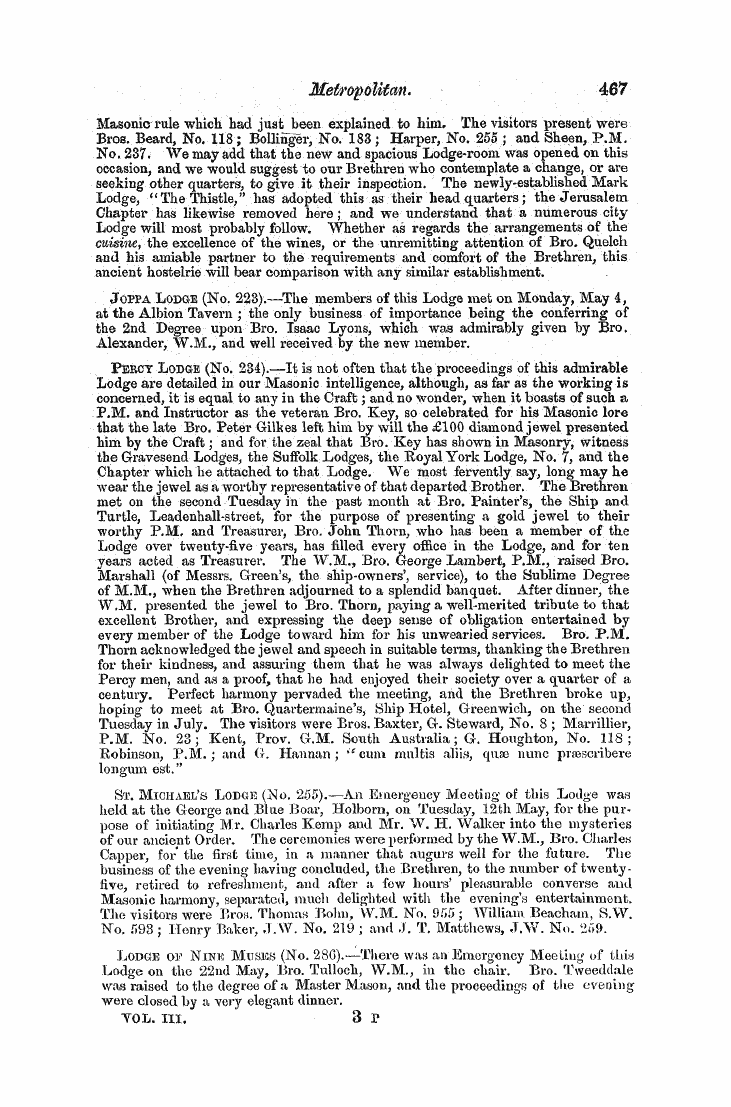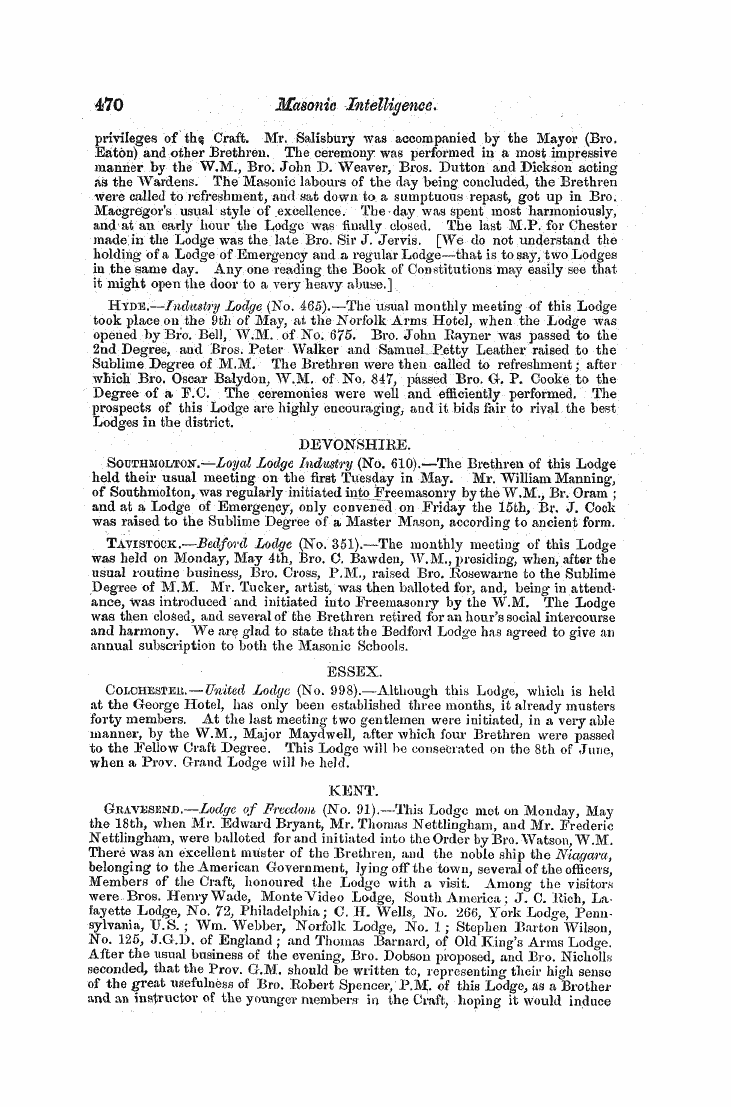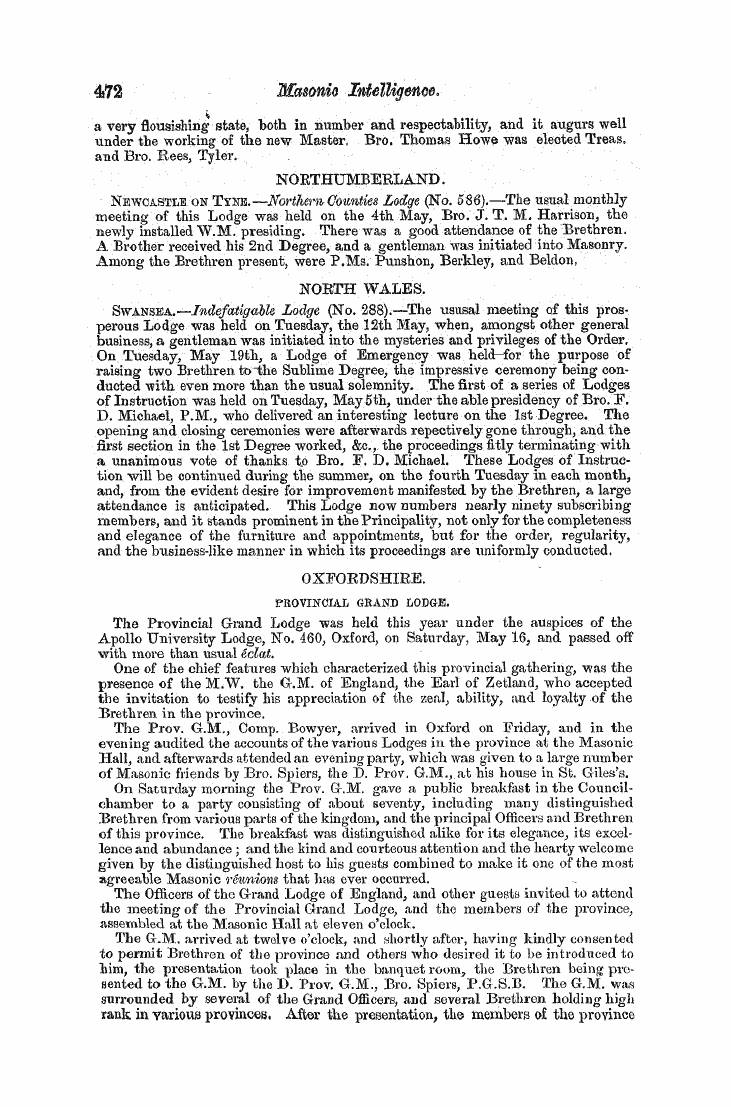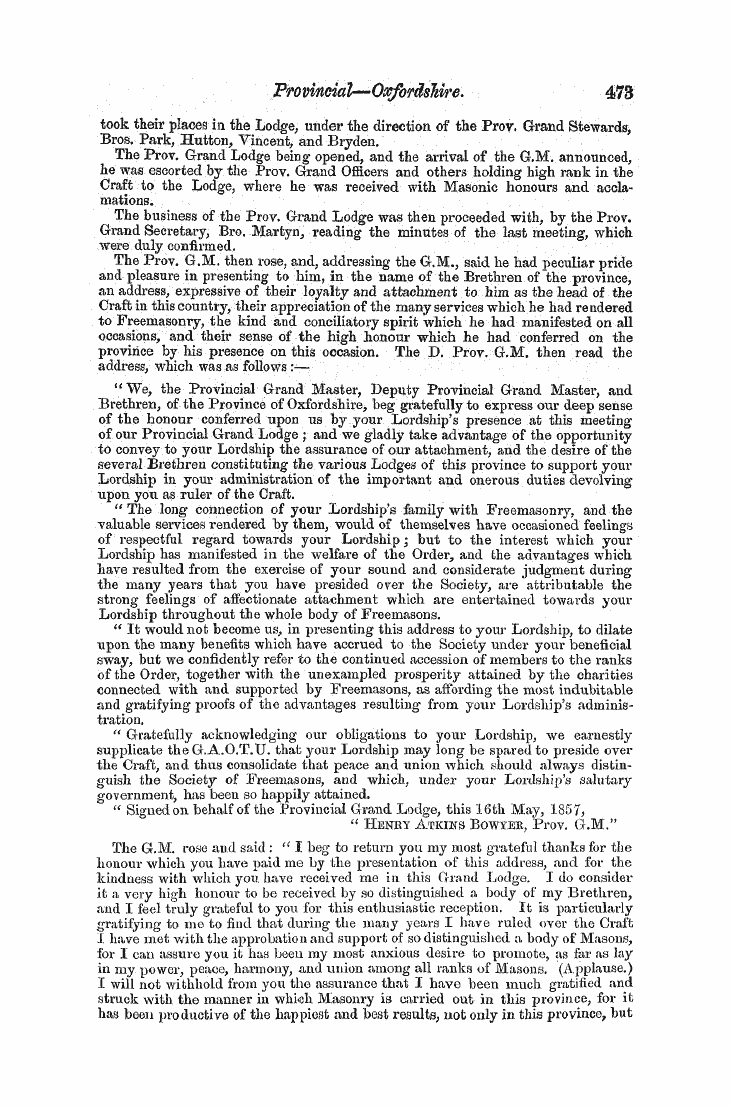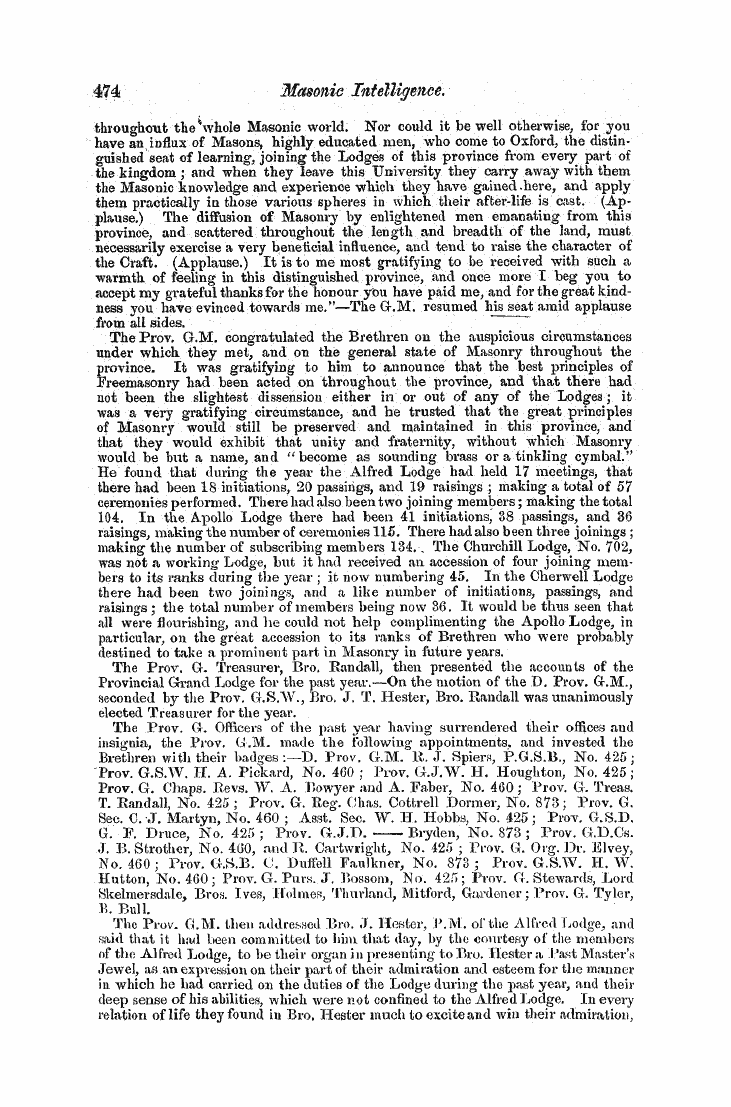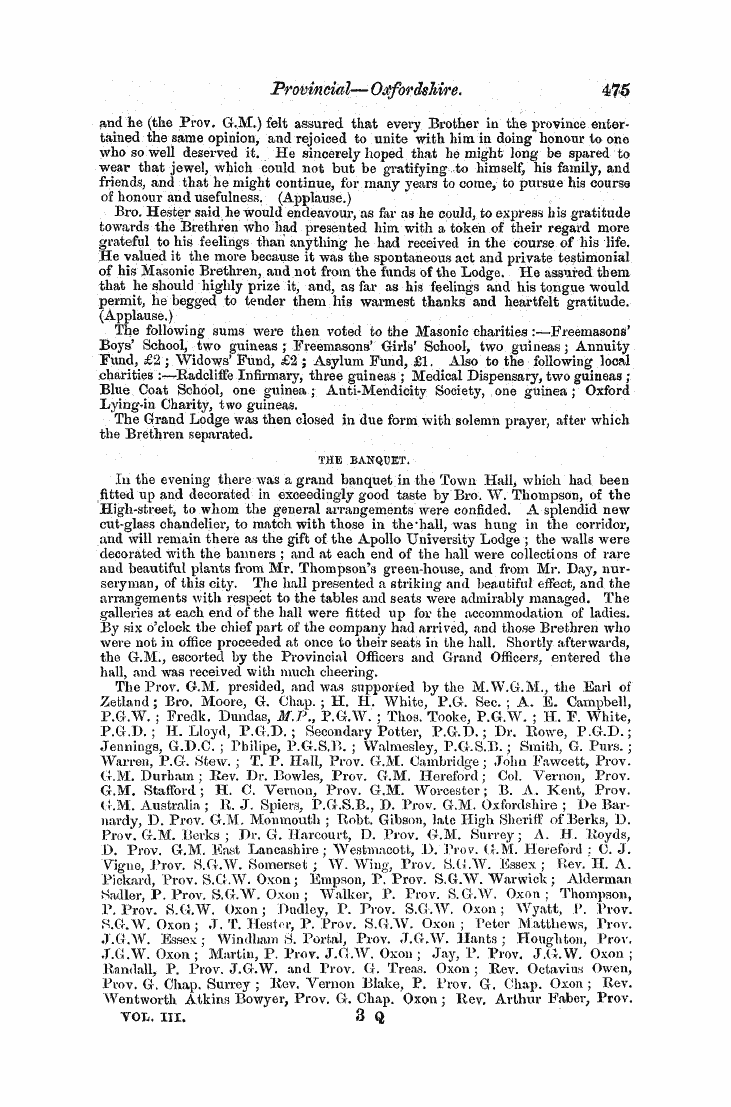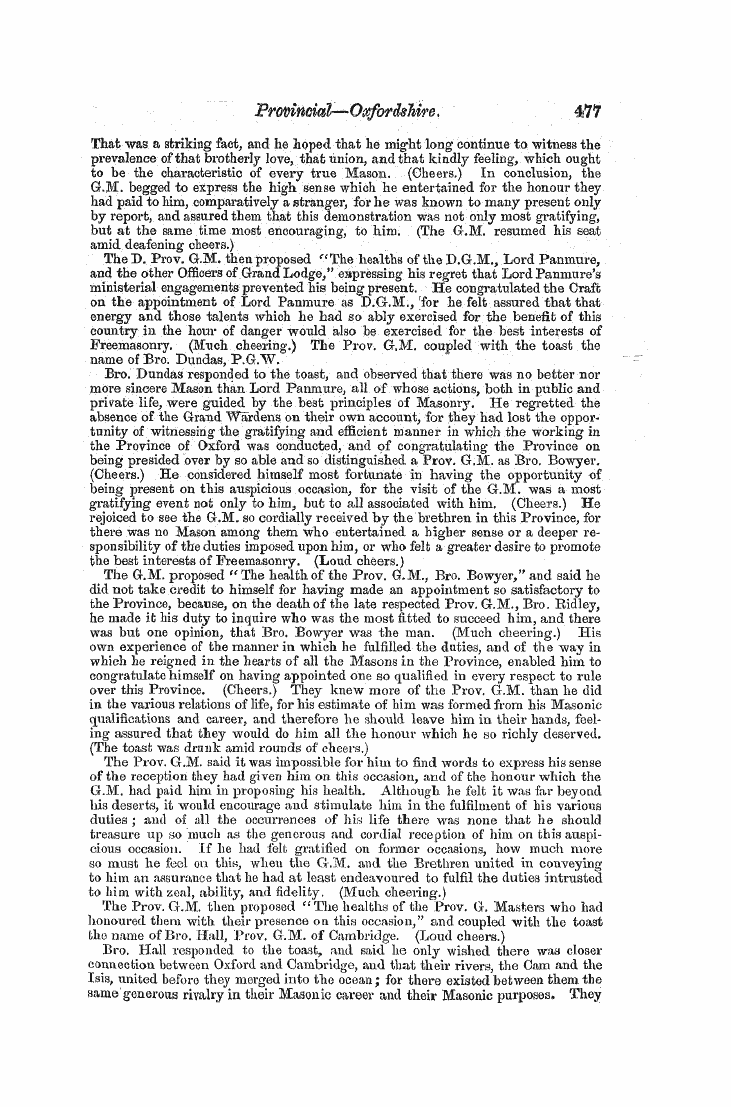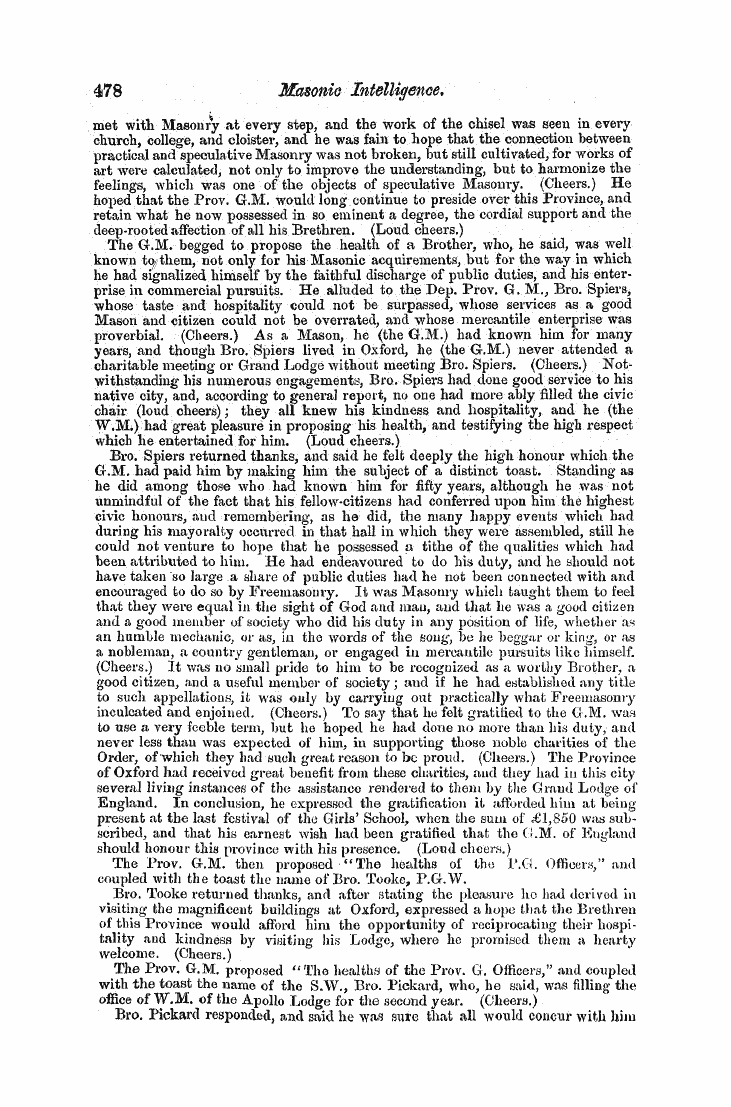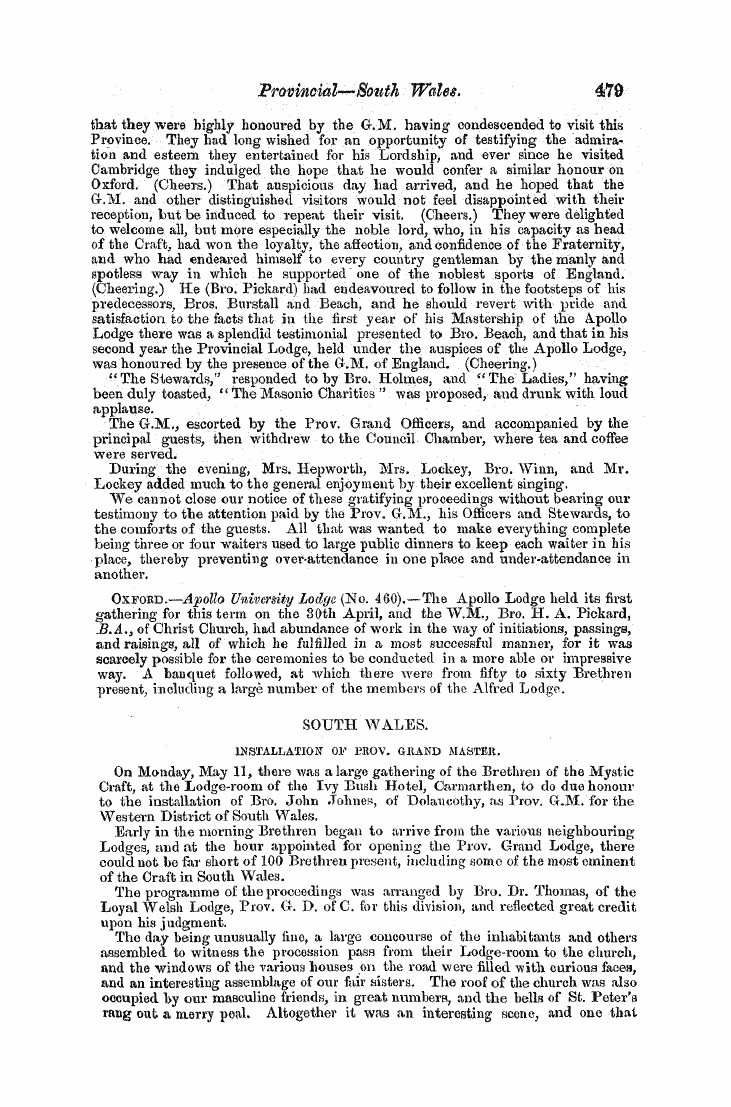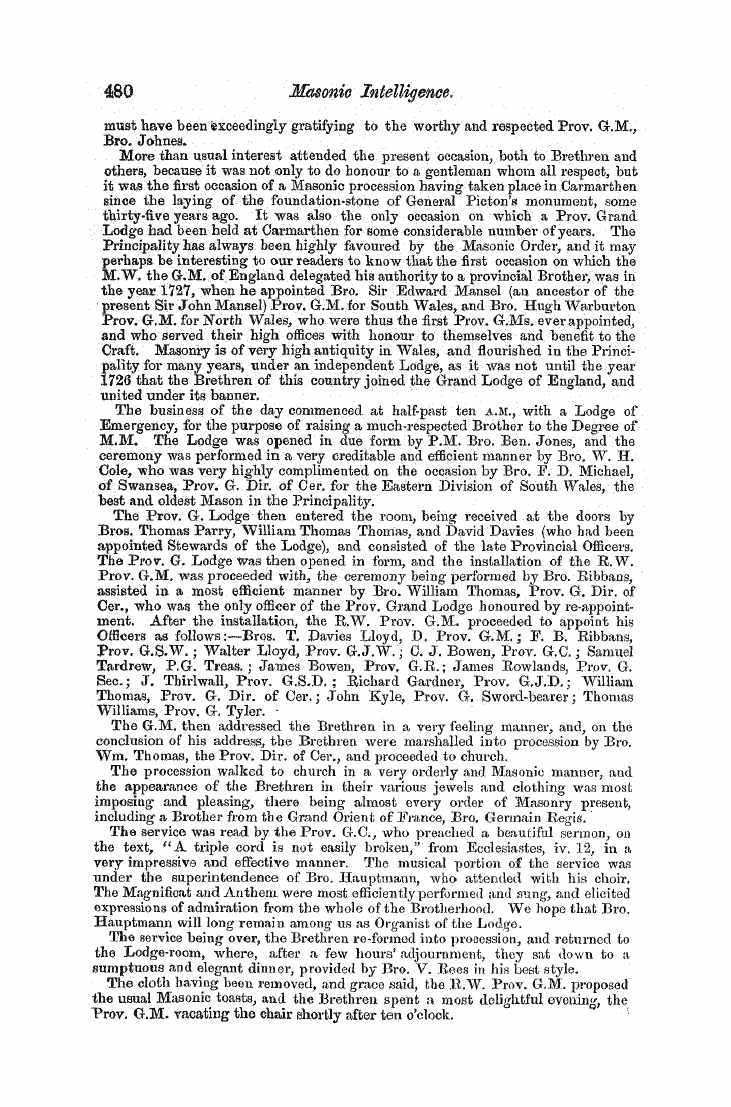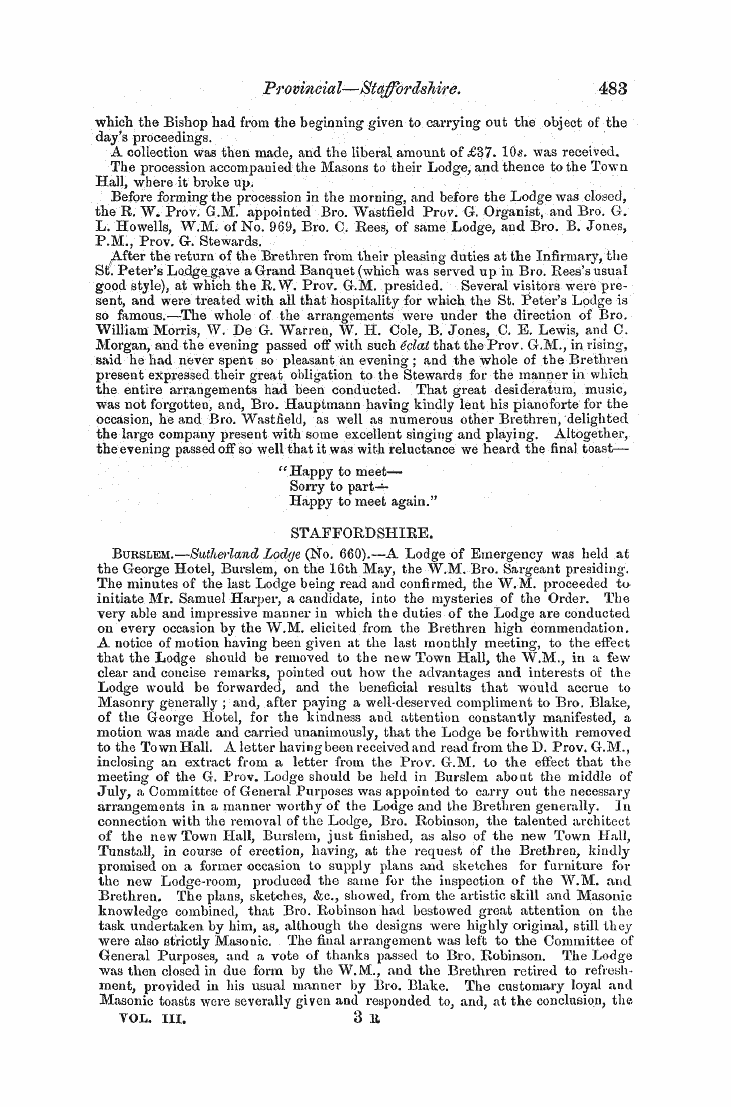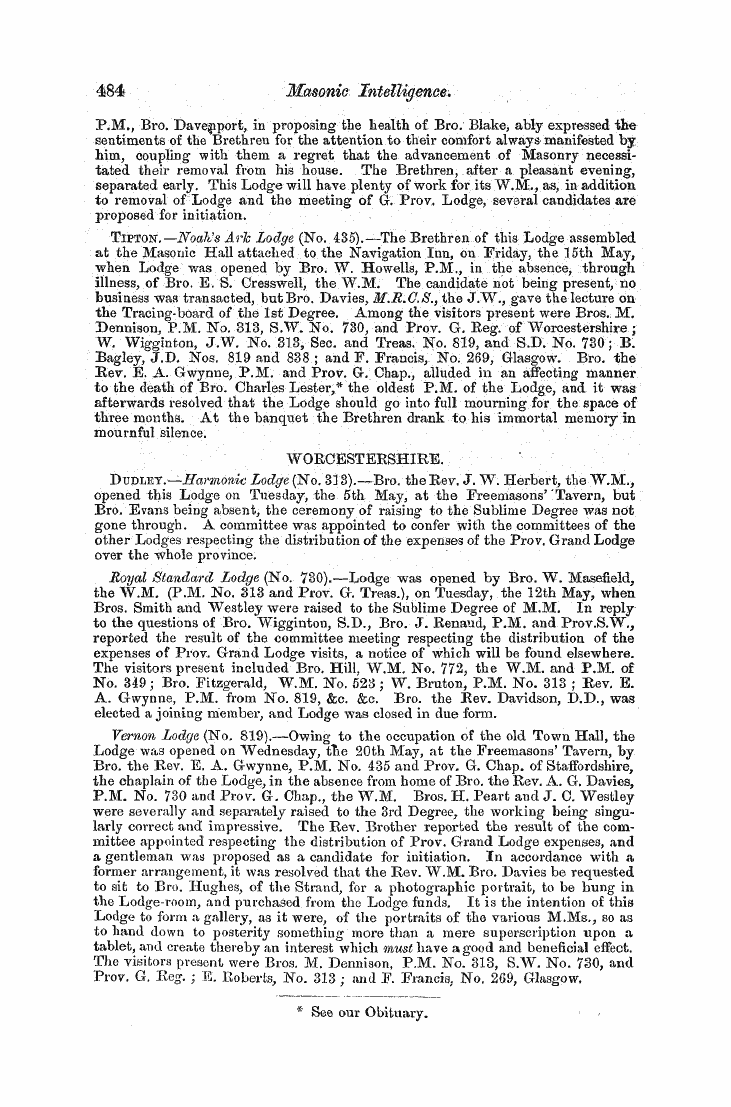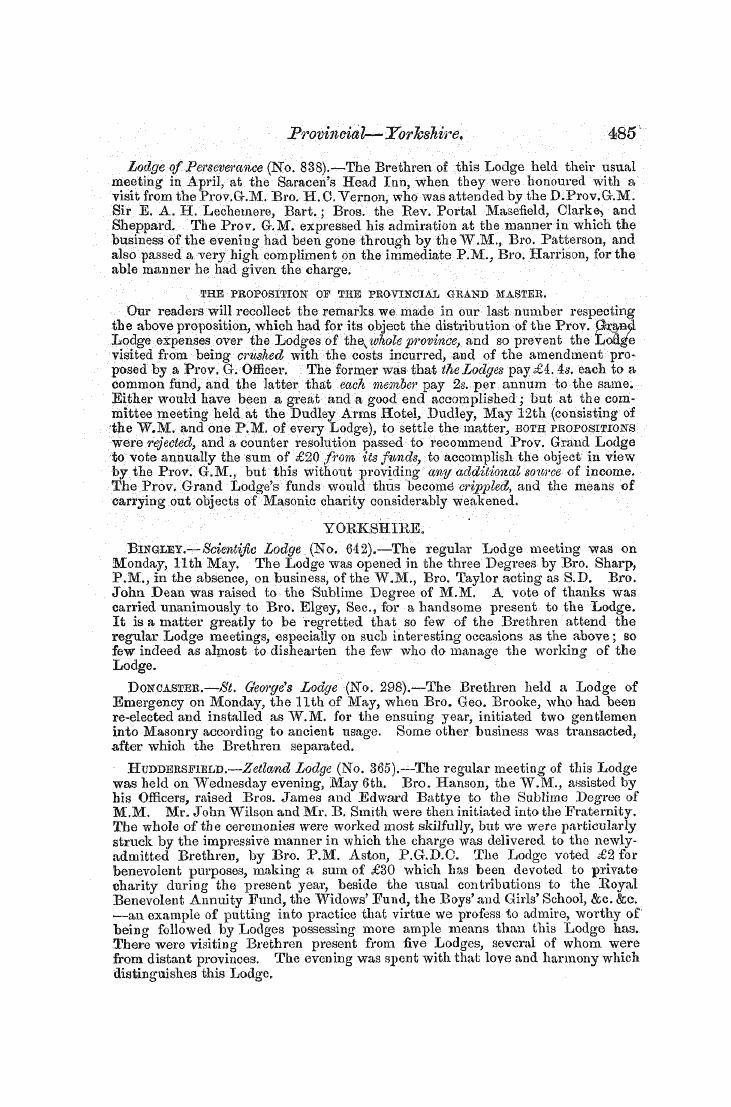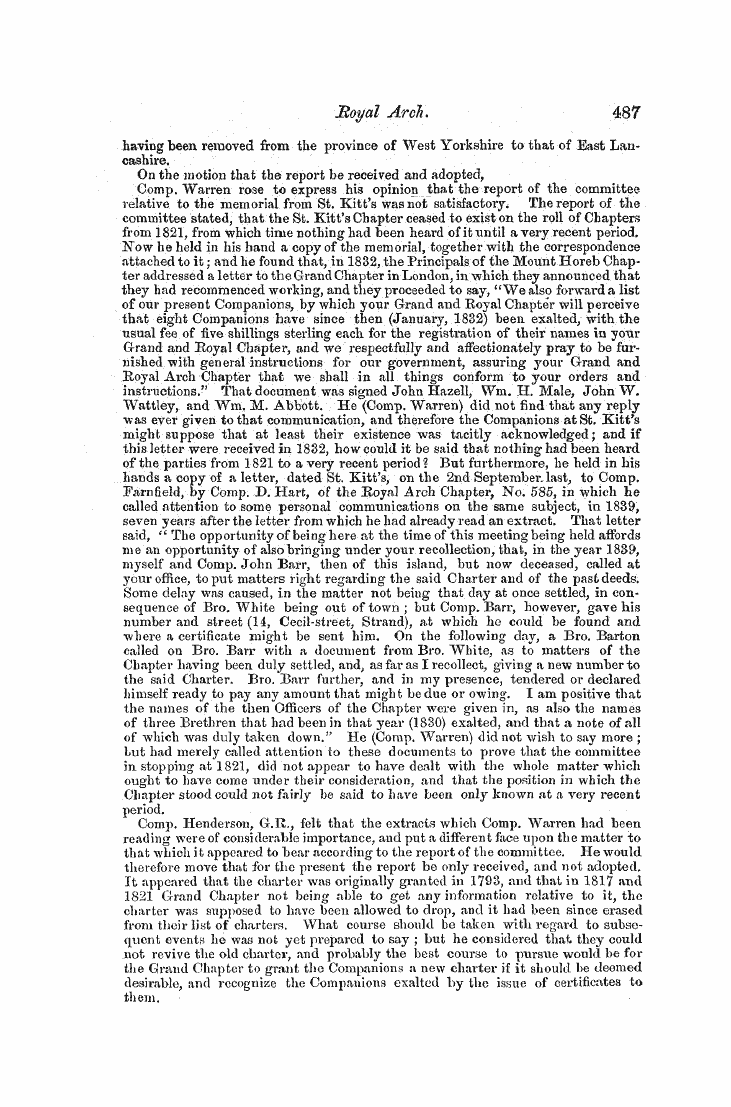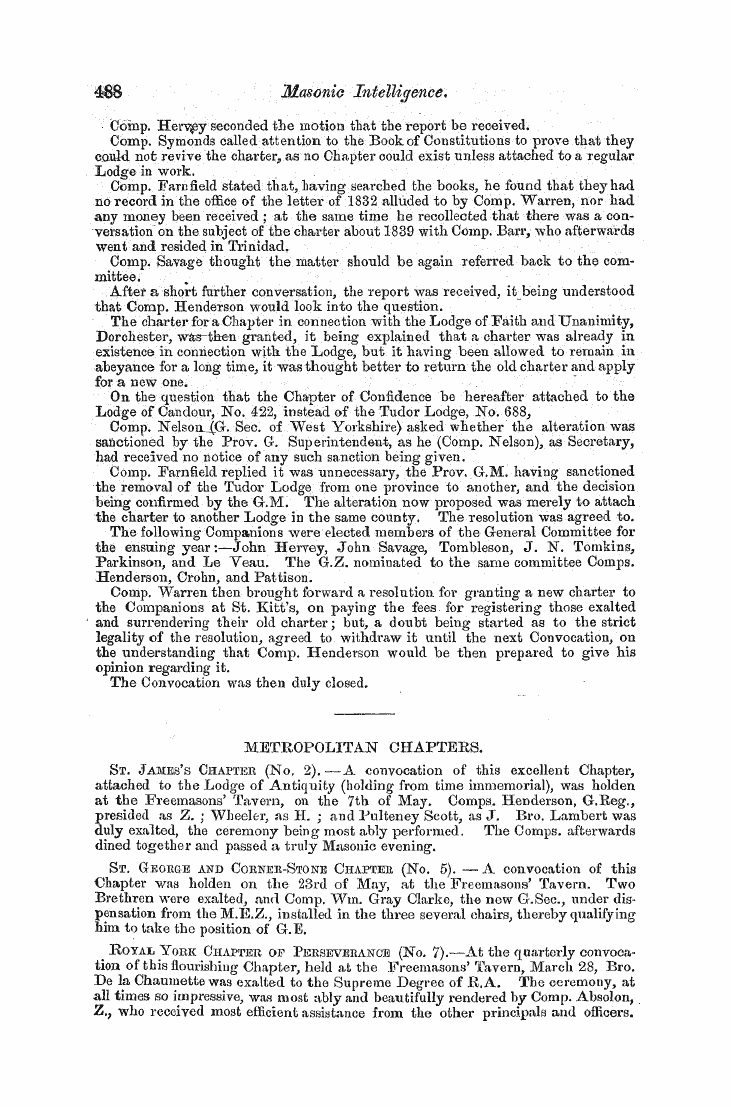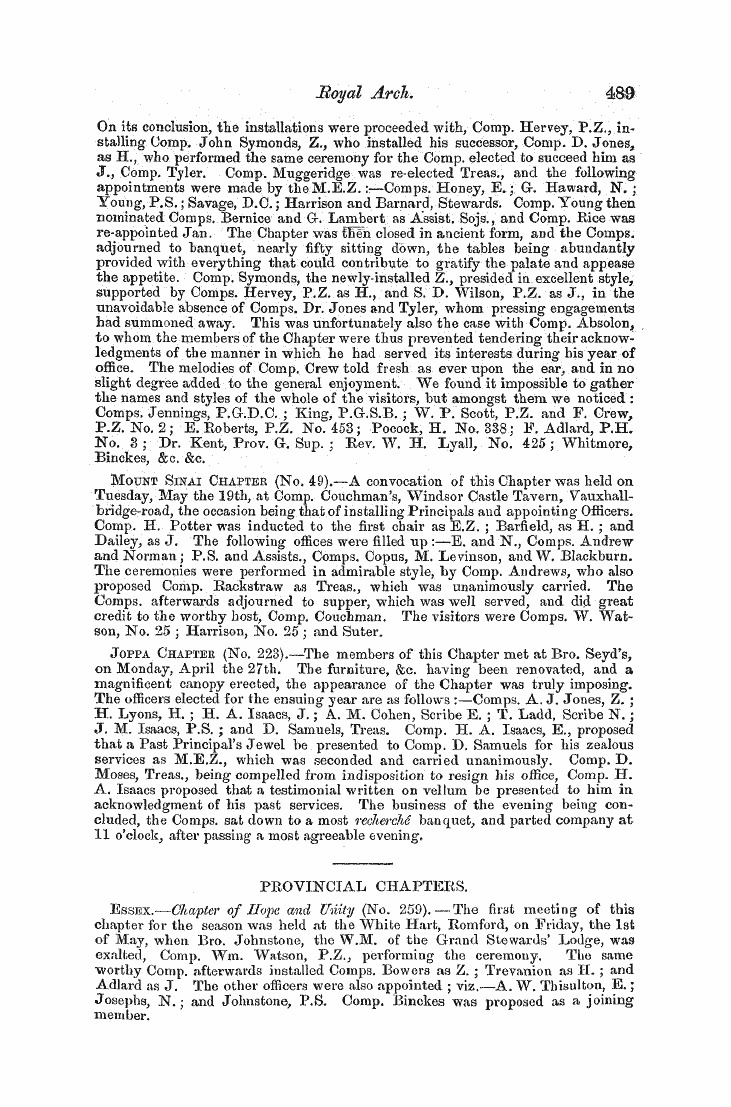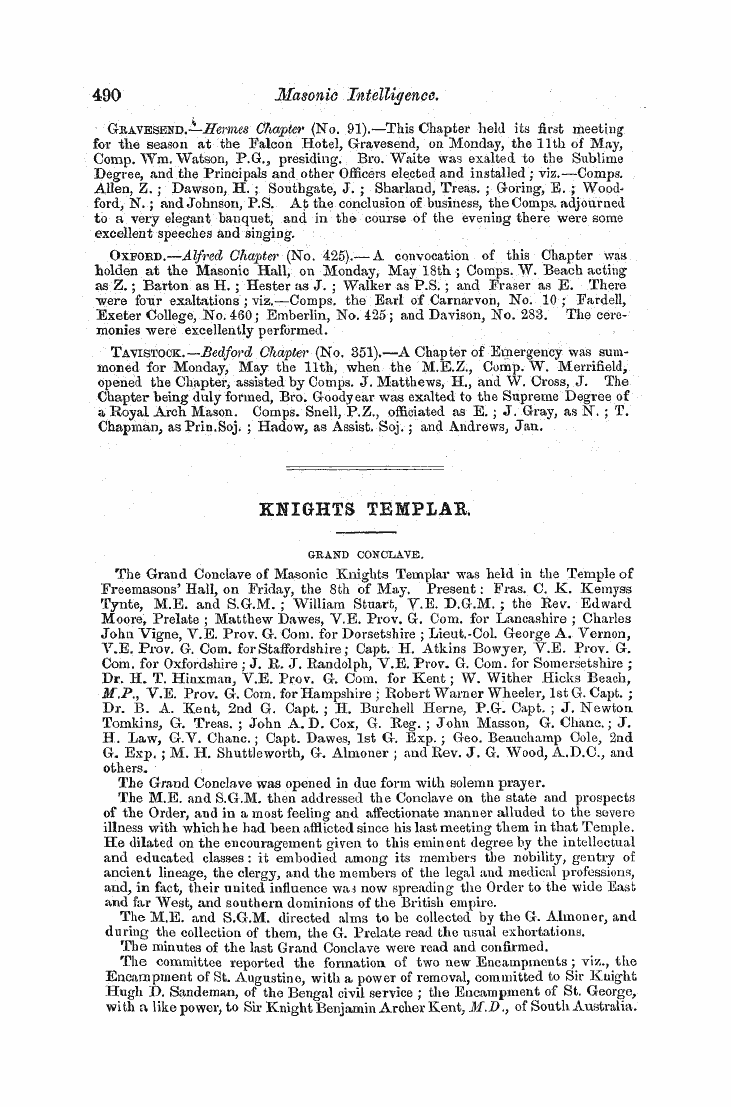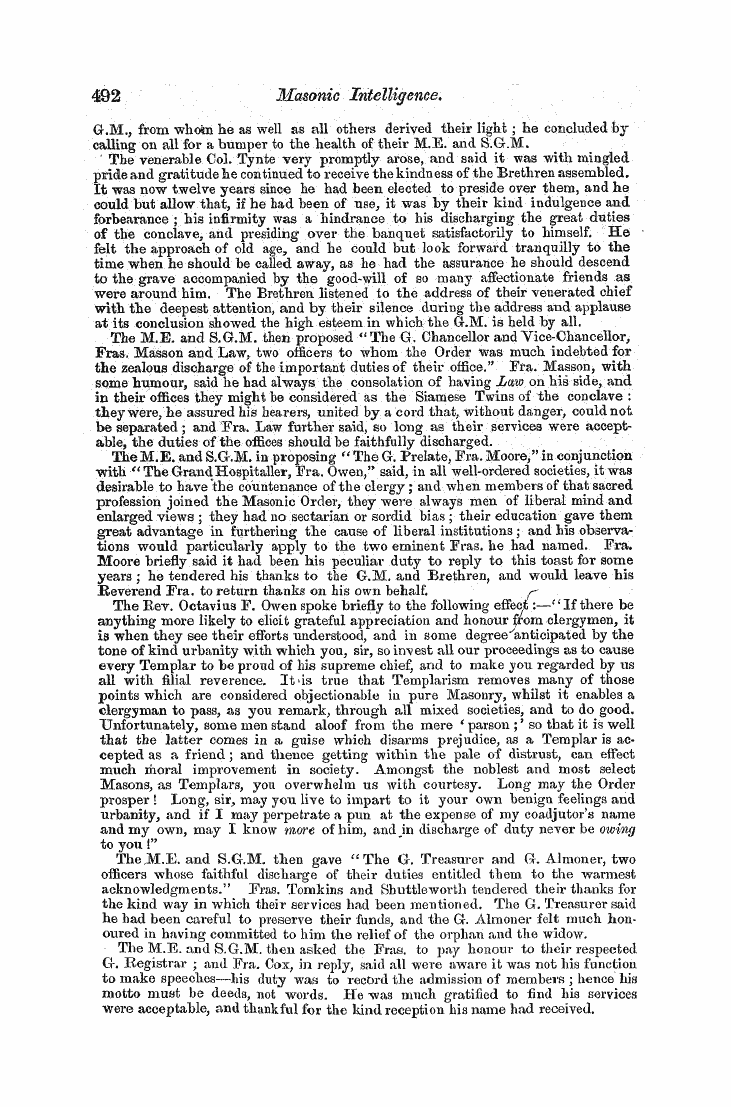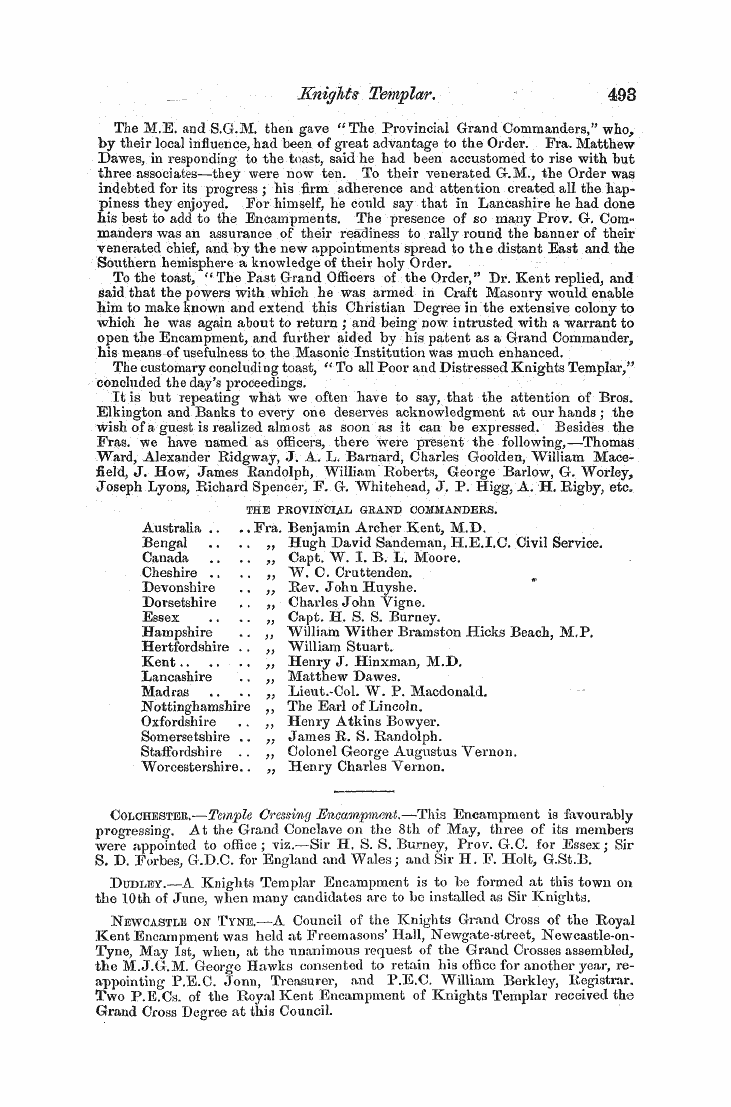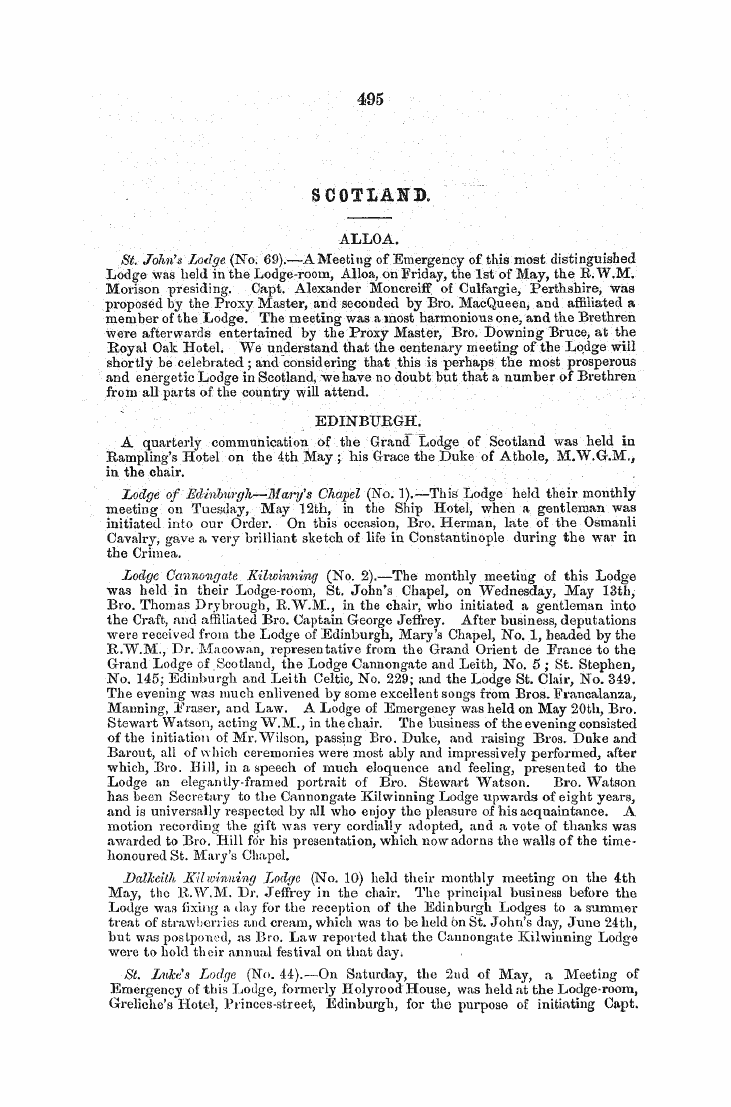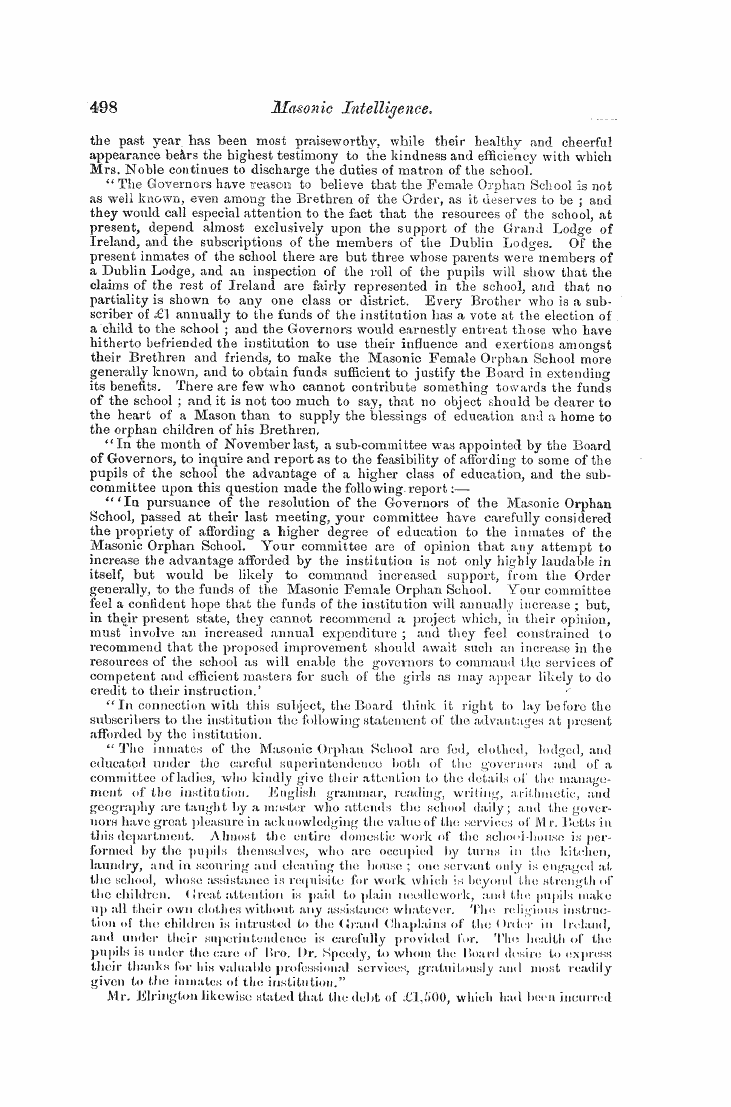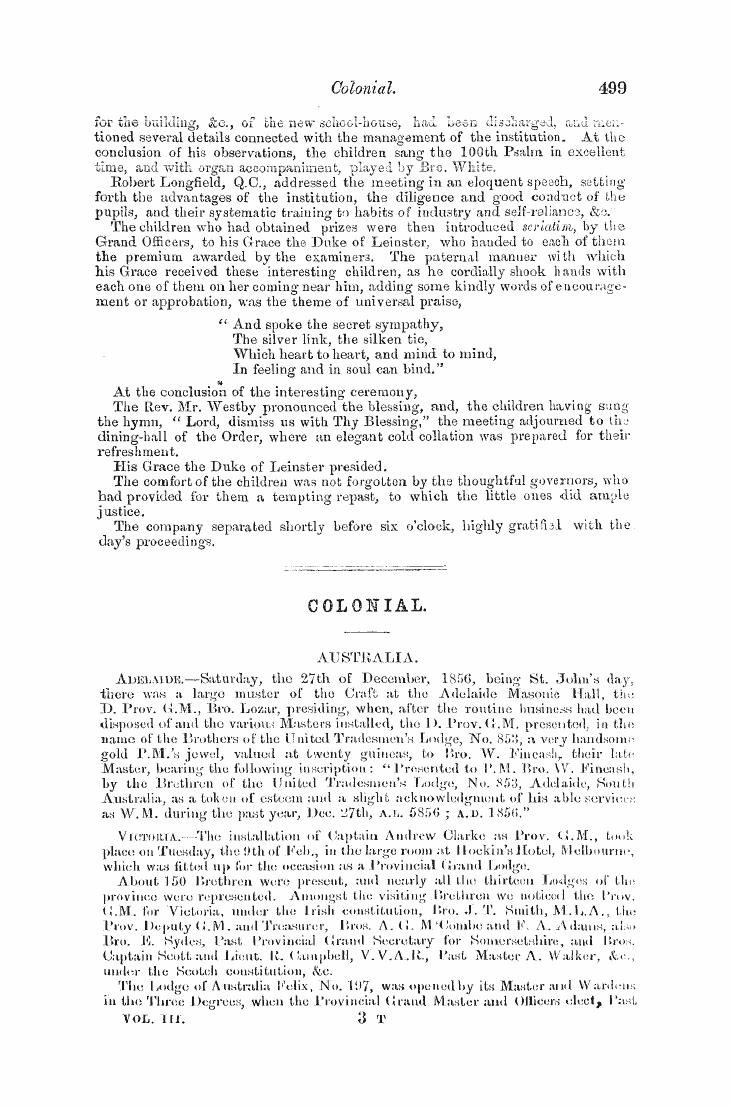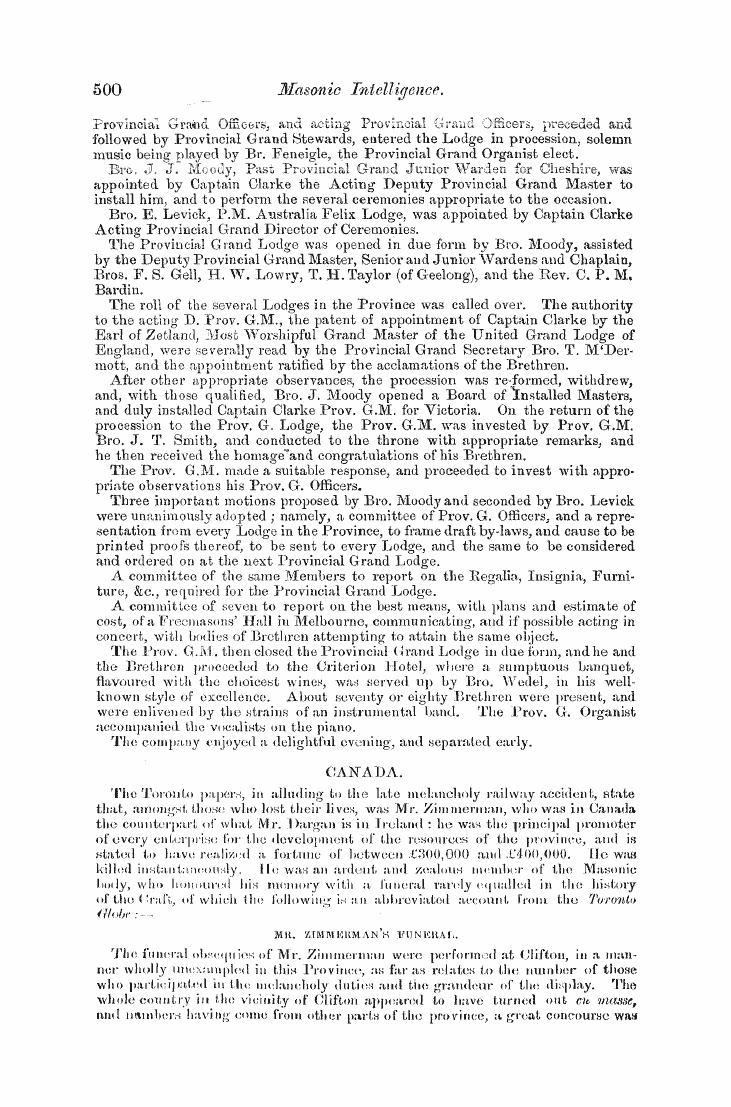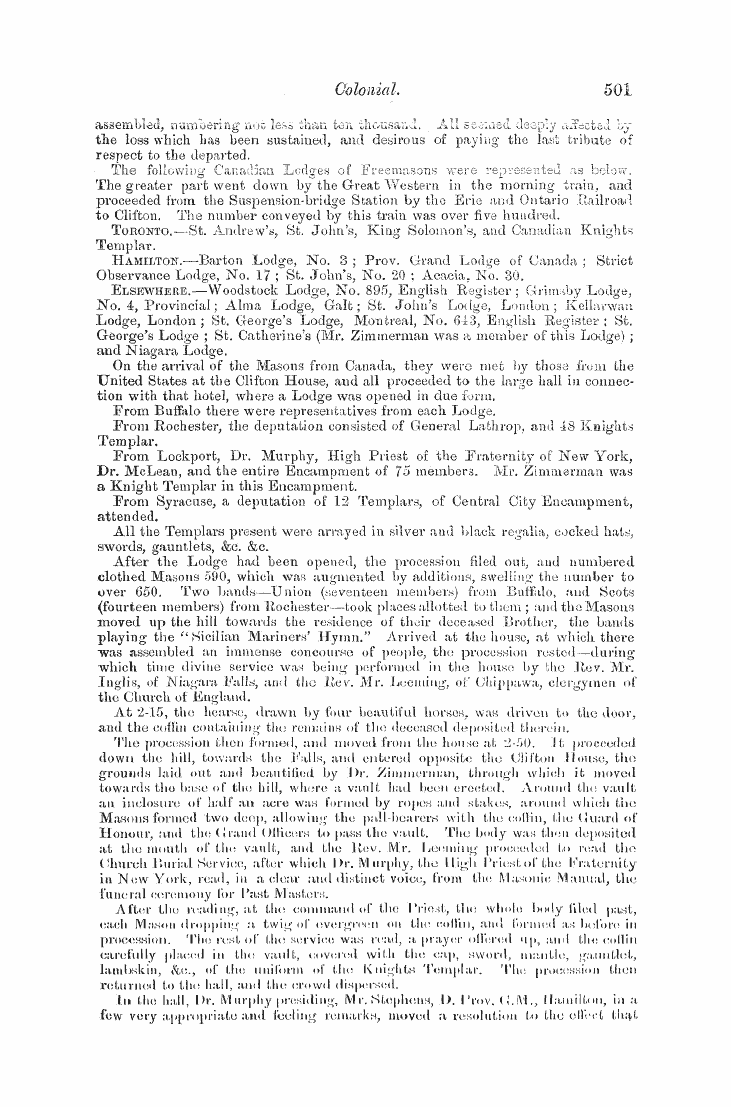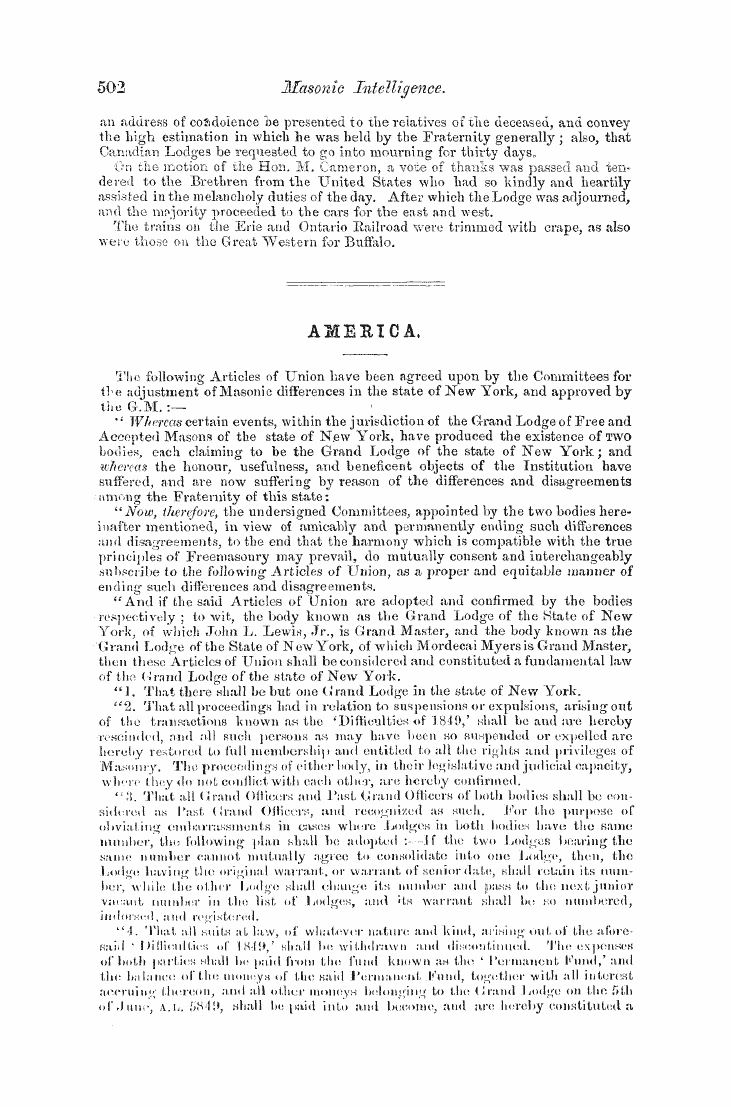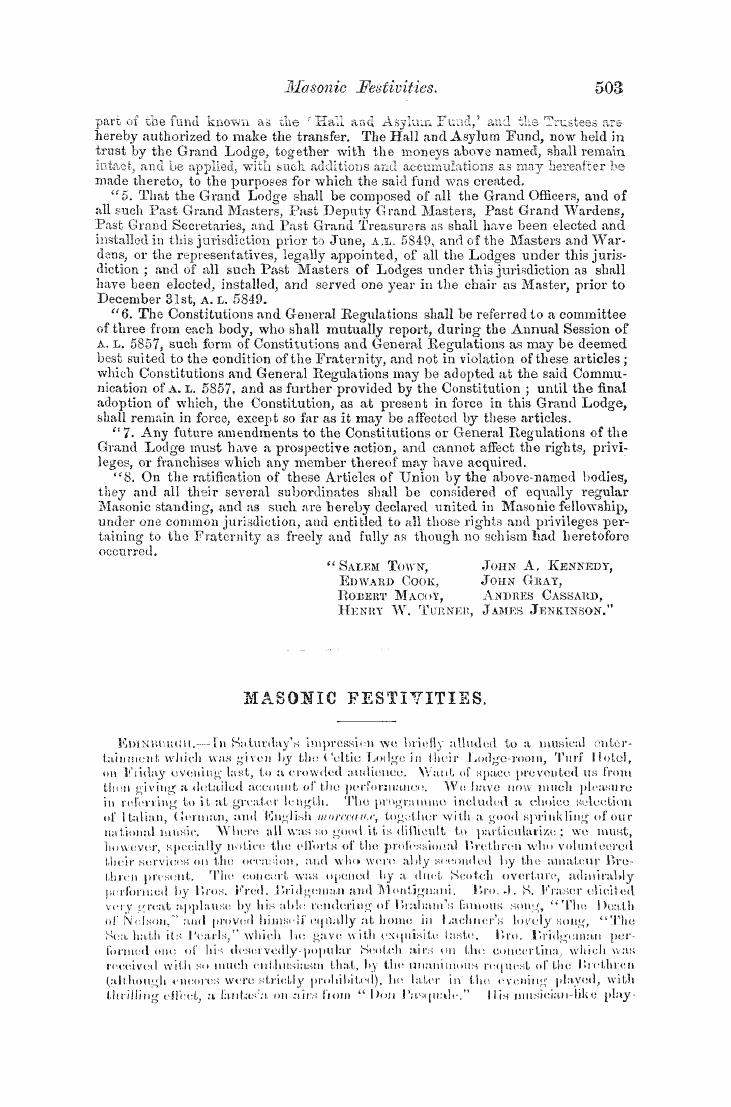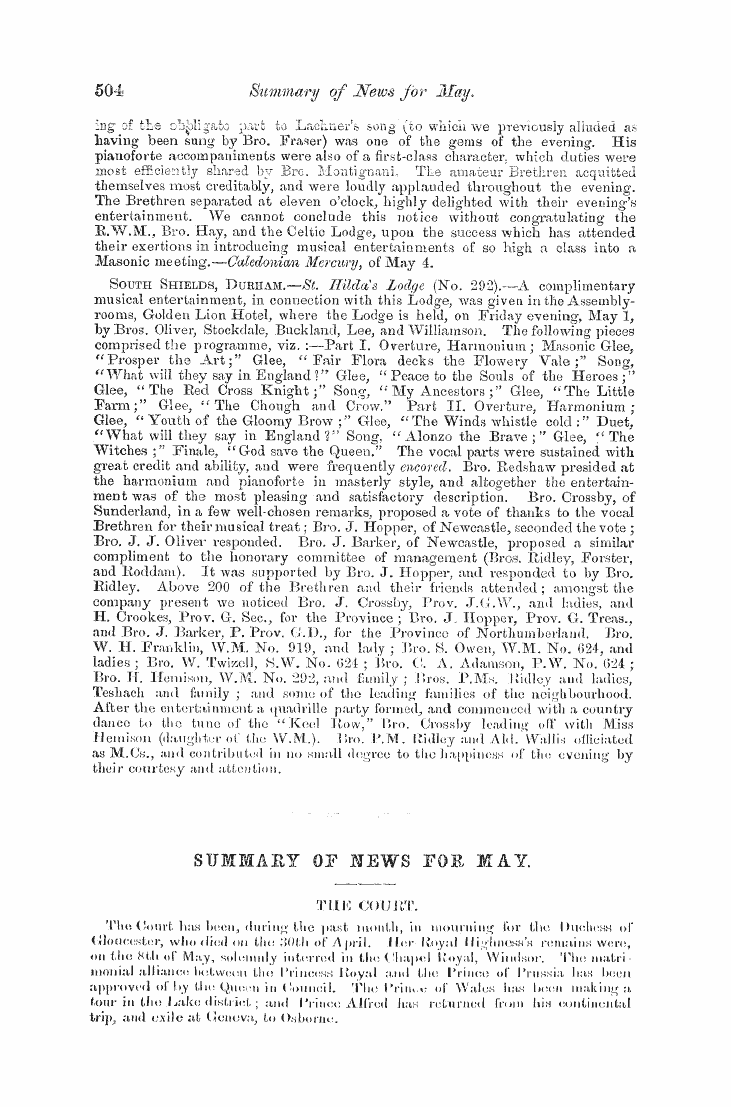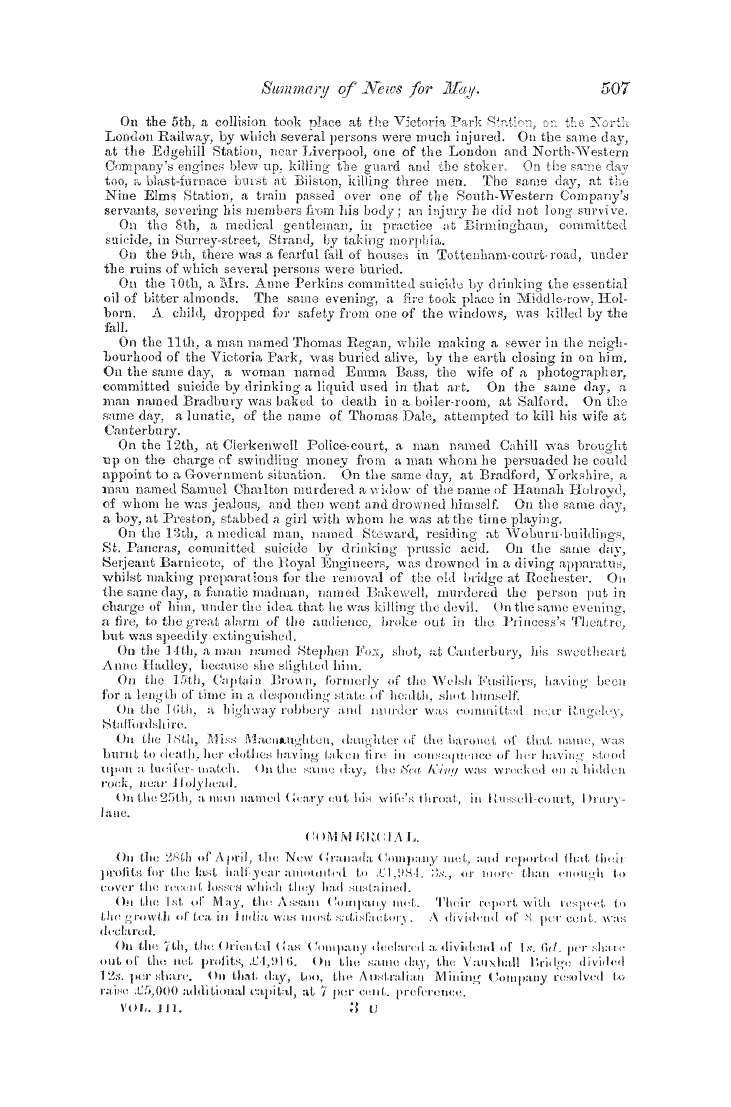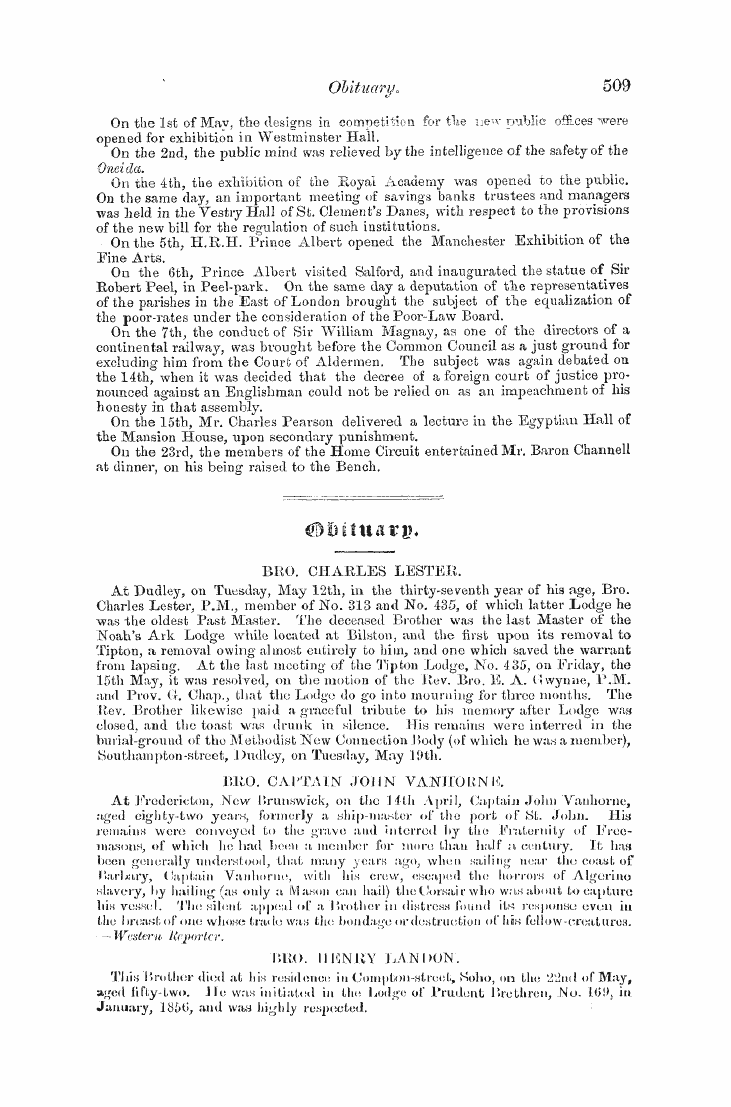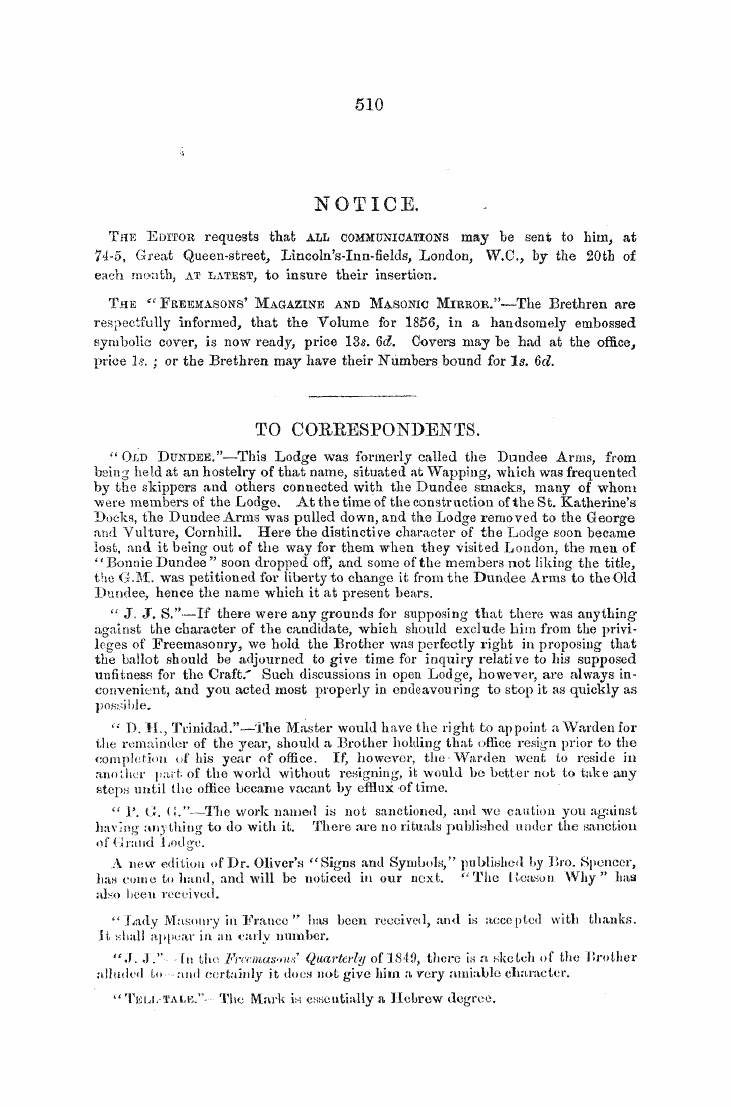-
Articles/Ads
Article THE VISIBLE SYMBOLISM OF FREEMASONRY , ← Page 2 of 6 →
Note: This text has been automatically extracted via Optical Character Recognition (OCR) software.
The Visible Symbolism Of Freemasonry ,
symbols . TheV rough and unpolished stone is a symbol of man's natural state , ignorant , uncultivated , and , as the Koman historian expresses it , grovelling , like the beasts of the field , to the earth , and obedient to every sordid appetite . * But when education has
exerted its salutary influences in extending his intellect , in restraining his hitherto unruly passions , and in purifying his life , he is then represented by the perfect ashlar , or finished stone , which , under the skilful hands of the workmen , has been smoothed , and squared , and fitted for its appropriate place in the building .
Here an interesting circumstance in the history of -the preparation of these materials has been seized upon and beautifully appropriated by our symbolic science . We learn from the account of the Temple , contained in the Book of Kings , that " the House when it was in building was built of stone made ready before so that there was neither hammer , nor axe , nor any tool of iron heard in the House while it was in building . " t This mode of
construction , — -undoubtedly adopted to avoid confusion and discord among so many thousand workmen , and in which , by means of marks placed upon the materials thus prepared , the individual production of every craftsman was easily ascertained , and the means provided of rewarding merit , and punishihg indolence , —has been selected as an elementary symbol of concord and harmony—virtues not more essential to the preservation and perpetuity of our own society , than they are to that of every human association .
The perfect ashlar , therefore—the stone thus fitted for its appropriate position in the Temple , —becomes not only a symbol of human perfection ( in itself , of course , only a comparative term ) , but also of that species of perfection which results from the concord and union of men in society . It is a symbol of the social character of the institution . There are other elementary symbols , to which I may
hereafter have occasion to revert . The three , however , already described , and which , from their importance , have received the name of Jewels , will be sufficient to give some idea of the alphabet of Masonry . Let us proceed briefly to a consideration of the mode in which this alphabet of the science is applied to the more elevated and abstruse portions of the system .
Both Scripture and tradition inform us that , at the building of the Temple , the masons were divided into different classes , each engaged in different tasks . We learn from the second chapter of Chronicles that these classes were called in the original , the Ish Sabal , the Ish Kotzeb , and the Menatzchim , or , as they would be appropriately translated , the bearers of burdens , the stone-cutters , and the
overseers . Now , without pretending to say that the modern institution has preserved precisely the same system of regulations as that which was observed at the Temple , we find a sufficient similarity in these * Veluti pecora , quea natura prona , atque ventri obedientia , finxit , f 1 Kings , vi . 7 >
Note: This text has been automatically extracted via Optical Character Recognition (OCR) software.
The Visible Symbolism Of Freemasonry ,
symbols . TheV rough and unpolished stone is a symbol of man's natural state , ignorant , uncultivated , and , as the Koman historian expresses it , grovelling , like the beasts of the field , to the earth , and obedient to every sordid appetite . * But when education has
exerted its salutary influences in extending his intellect , in restraining his hitherto unruly passions , and in purifying his life , he is then represented by the perfect ashlar , or finished stone , which , under the skilful hands of the workmen , has been smoothed , and squared , and fitted for its appropriate place in the building .
Here an interesting circumstance in the history of -the preparation of these materials has been seized upon and beautifully appropriated by our symbolic science . We learn from the account of the Temple , contained in the Book of Kings , that " the House when it was in building was built of stone made ready before so that there was neither hammer , nor axe , nor any tool of iron heard in the House while it was in building . " t This mode of
construction , — -undoubtedly adopted to avoid confusion and discord among so many thousand workmen , and in which , by means of marks placed upon the materials thus prepared , the individual production of every craftsman was easily ascertained , and the means provided of rewarding merit , and punishihg indolence , —has been selected as an elementary symbol of concord and harmony—virtues not more essential to the preservation and perpetuity of our own society , than they are to that of every human association .
The perfect ashlar , therefore—the stone thus fitted for its appropriate position in the Temple , —becomes not only a symbol of human perfection ( in itself , of course , only a comparative term ) , but also of that species of perfection which results from the concord and union of men in society . It is a symbol of the social character of the institution . There are other elementary symbols , to which I may
hereafter have occasion to revert . The three , however , already described , and which , from their importance , have received the name of Jewels , will be sufficient to give some idea of the alphabet of Masonry . Let us proceed briefly to a consideration of the mode in which this alphabet of the science is applied to the more elevated and abstruse portions of the system .
Both Scripture and tradition inform us that , at the building of the Temple , the masons were divided into different classes , each engaged in different tasks . We learn from the second chapter of Chronicles that these classes were called in the original , the Ish Sabal , the Ish Kotzeb , and the Menatzchim , or , as they would be appropriately translated , the bearers of burdens , the stone-cutters , and the
overseers . Now , without pretending to say that the modern institution has preserved precisely the same system of regulations as that which was observed at the Temple , we find a sufficient similarity in these * Veluti pecora , quea natura prona , atque ventri obedientia , finxit , f 1 Kings , vi . 7 >
















































